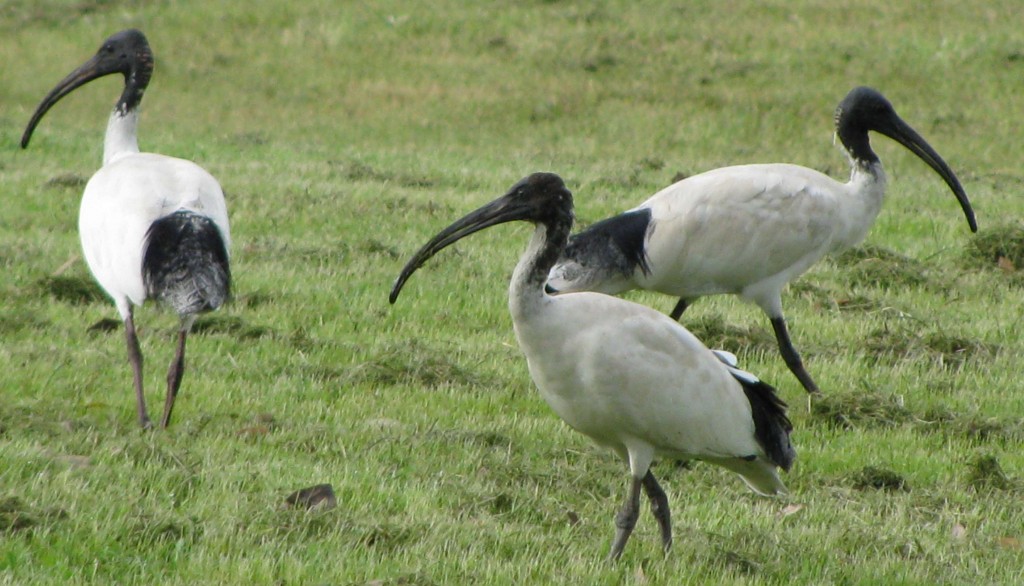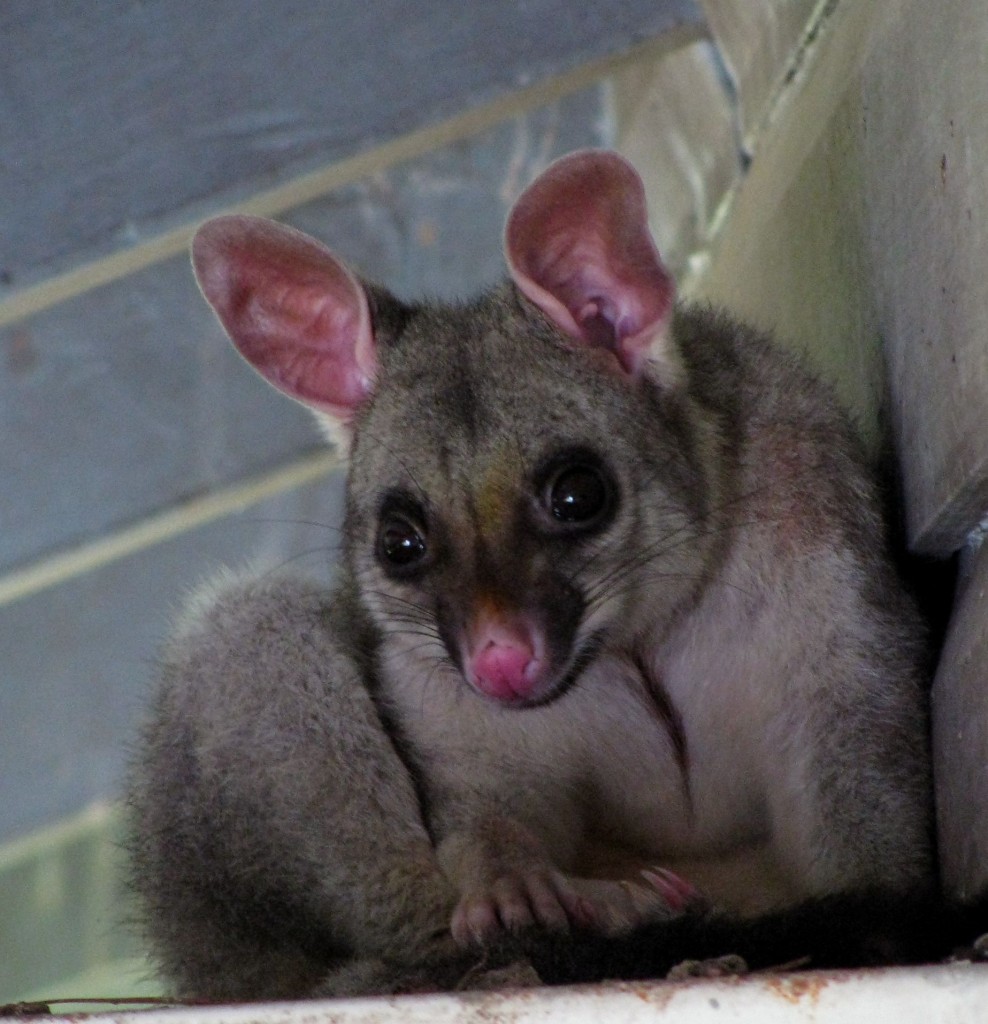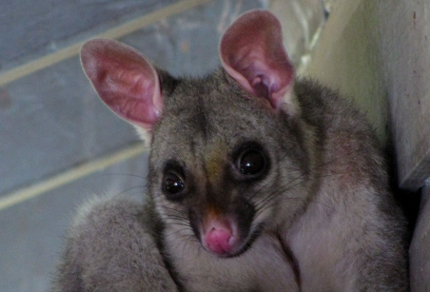
Australian White Ibises (© Magi Nams)
At dawn in the Ross River Parkway, white ibises were dim shapes feeding in sporadic drizzle, their black beaks shadowed curves. A sulphur-crested cockatoo squealed like an avian pig as it cruised low over palm-shrouded houses edging the green space. Rainbow lorikeets streaked across the sky like miniature jet fighters, their urgency of motion a stark contrast to the soothing, falsetto calls of peaceful doves that provided background music for my walk, and fluttered and danced in the grasses.
To the north, Castle Hill was bathed in first sun that warmed its slopes and gentled its rugged contours with long sweeps of grey shadow. A faint rainbow arched upward from the outcrop’s western slopes, melting into cloud within moments. The city of Townsville was streaked with light and shadow, its long streets empty of weekday traffic. Broad-crowned rain trees stood thick-canopied and intensely clear to the eye, with individual leaves highlighted by the angled rays of the sun.
To the south, beyond James Cook University, a slanting ridge rose to the broken peak of Mount Stuart buttressed by barren, sheer rock faces. What I perceived as a warm wind at ground level, far above me chased dark, torn quilts of cloud westward across the broken peak. Overhead, egrets sailed in loose flocks like graceful, white kites trailing long-leg strings.
On the return portion of my birding stroll, I paused to observe a bowerbird hissing aggressively while perched in a riverside tree. A short, weathered man walking his dog stopped beside me to ask what kind of bird it was. I told him and showed him the illustration of the bowerbird in my field guide. I pointed out the bower in the illustration and mentioned the one I saw at JCU. “I think I’ve seen those birds in my garden,” he murmured speculatively. “What kind of nest do they make?”
Reading from the guide I told him it was a saucer built of twigs and lined with leaves or finer twigs, and found up to 5 metres high in an open tree. “Ah. It could be in the poinciana in my neighbour’s yard. I’ll have to have a look for it.” He nodded to me. “You have yourself a very good morning now.” I must say I felt flattered to have identified an Australian bird for an Australian.

Common Brushtail Possum (© Vilis Nams)
Two hours later, Vilis and I observed the first native Australian mammal we’ve seen since our arrival in Townsville – a common brushtail possum. Perched atop the exterior portion of the air conditioning unit housed in the wall of Richard’s dining/living room, the possum stared blearily at us, scratched its armpit, and attempted to return to the sleep we no doubt interrupted by opening and closing various windows and doors. The possum’s ear interiors and its nose were startlingly pink in contrast to its dark grey dorsal fur and white neck, belly and leg linings.
In New Zealand, that animal would have been killed on the spot as a highly destructive pest. Possums were first introduced to New Zealand from Australia for fur farming, but many subsequently escaped or were released and henceforth multiplied prodigiously in a land where they had no natural predators. Now, they feed voraciously on young tree growth and eat the eggs of native birds. Here, however, in its native land, the brushtail possum seems to be regarded much as raccoons are in Nova Scotia.
On our afternoon house-hunt, during which I contorted my brain while navigating for Vilis in an attempt to drive every street, lane, road, court, and crescent near the river in the suburbs of Annandale and Aitkenvale, we heard on ABC National Radio that the Australian Word of the Year for 2009 is ‘catastrophic.’ Chosen from a list of submitted suggestions, it refers to the new, greater-than-extreme level of bushfire danger experienced in the country’s southern state of Victoria during the past year, when wildfires killed nearly 300 people.
Fire risk is escalating again, with Melbourne, Adelaide, and Perth suffering temperatures in the high 30’s and low 40’s on the Centigrade thermometer. The forecast ‘top’ for Adelaide for tomorrow is 43° C, at least ten degrees hotter than we will experience here in Townsville. Vilis and I once thought that we would take a break from the summer heat in Queensland by heading to the south of the country, where we assumed it would be cooler. We were wrong. Very wrong.


